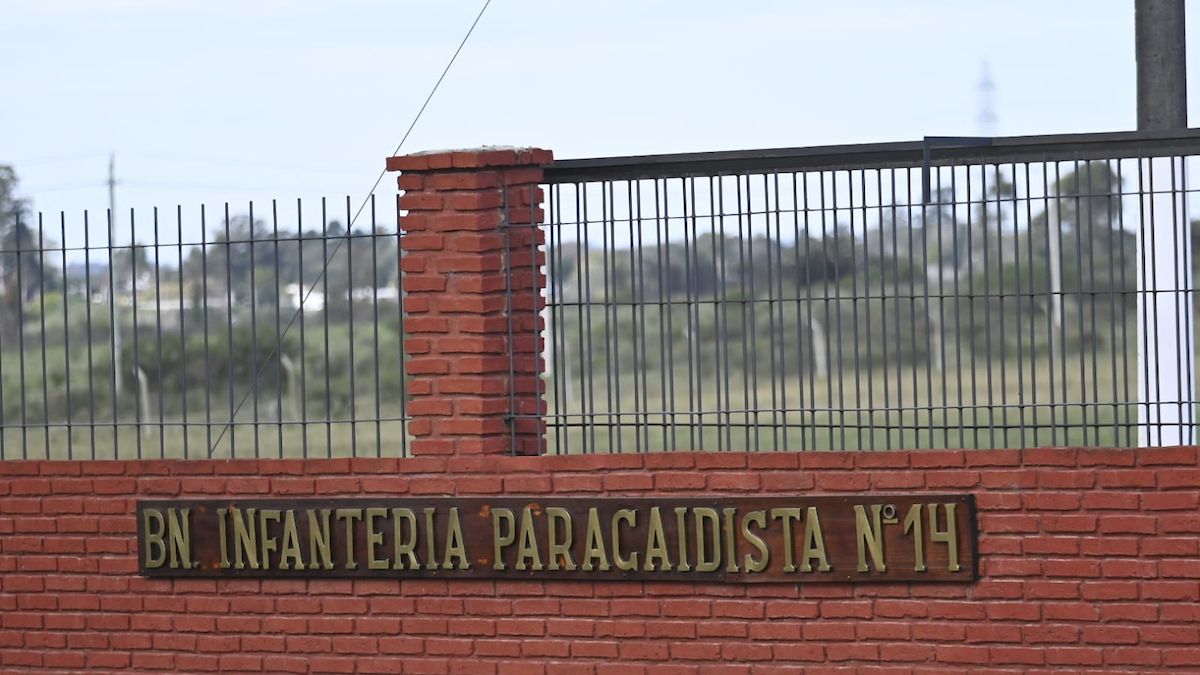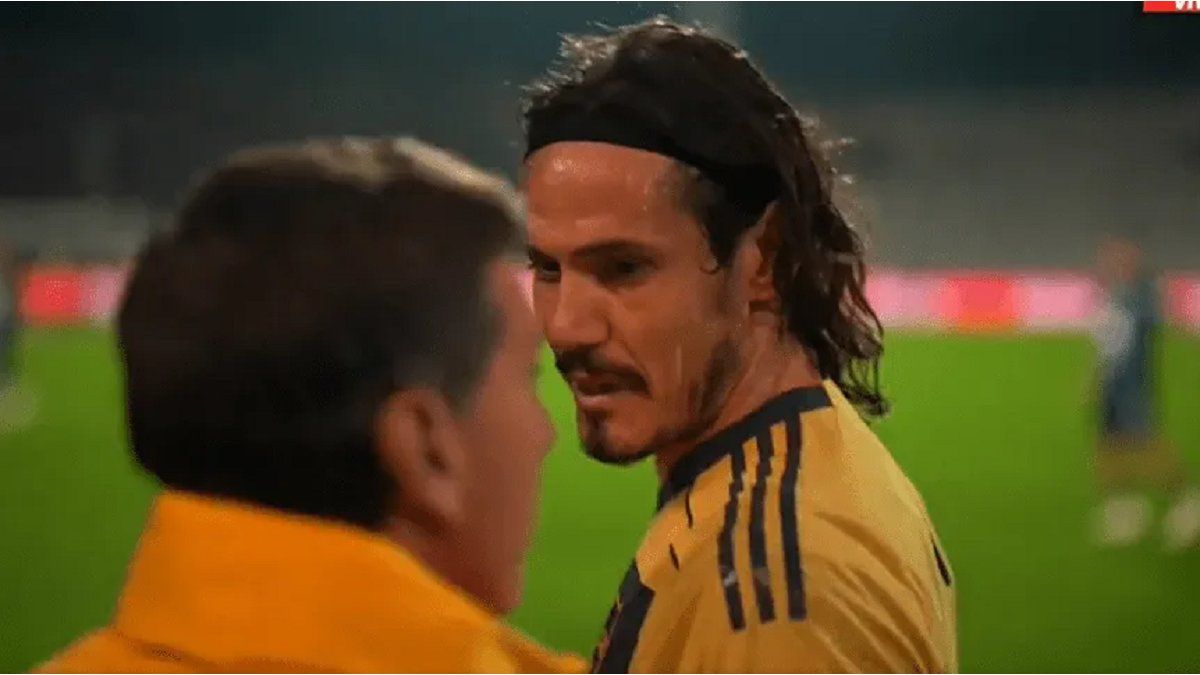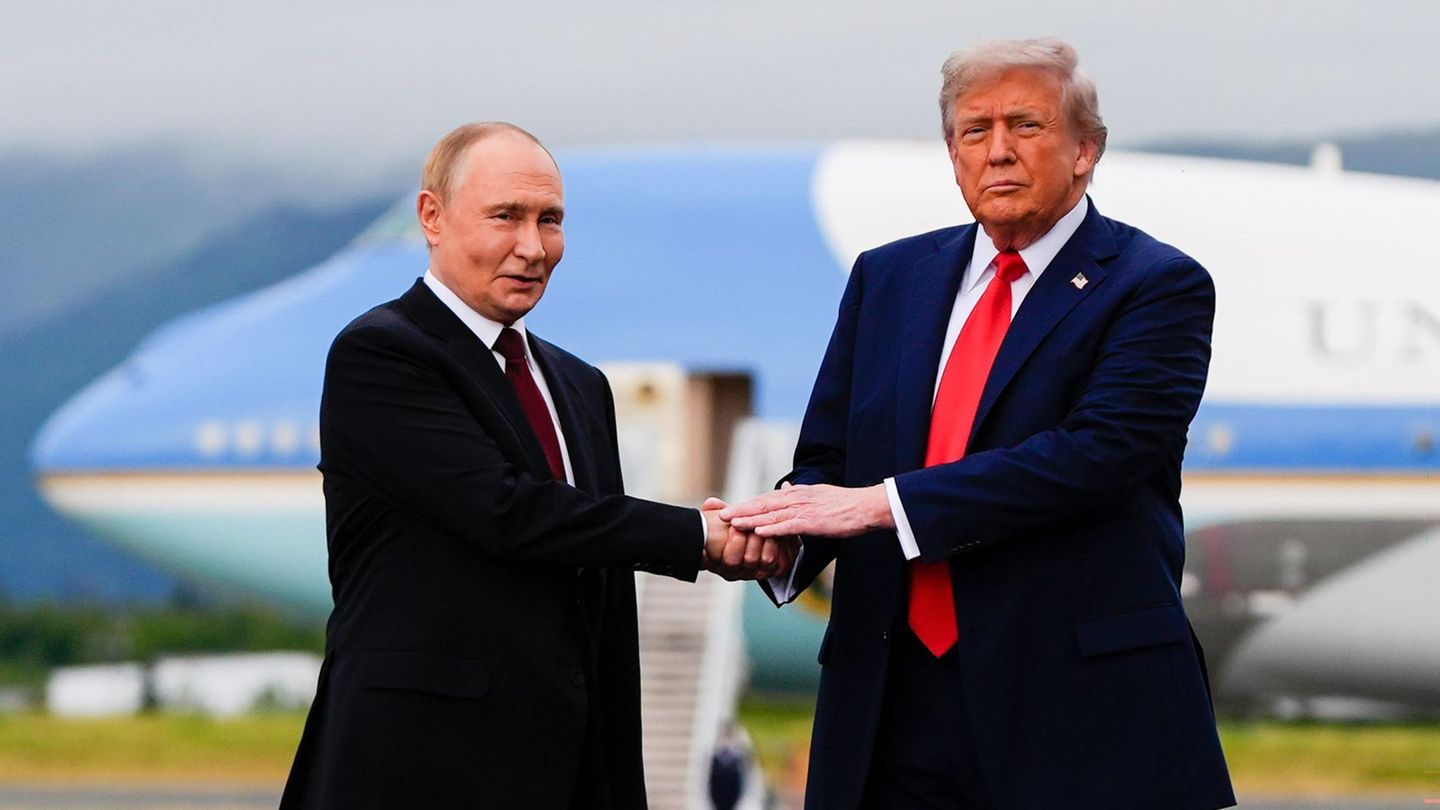The discovery was emotional, as every time bones buried clandestinely and deprived of their identity appear on the surface, hoping to return to their loved ones and bring some peace — closure or an end to uncertainty — to their families, after almost 50 years. This is the case of the skull and bone remains that, yesterday morning, were discovered on the premises of the 14th Army Battalion, in Toledo (Cannelloni); the same place where, in 2011 and 2012 —respectively— the bodies of Julio Castro and Richard White.
Now, the remains found by anthropologists working in the place -the Forensic Archeology Research Group of Uruguay (GIAF)—, will be analyzed by an interdisciplinary anthropological-forensic board to establish the cause of death and extract DNA samples, as confirmed by the holder of the Special Prosecutor for Crimes Against Humanity, Ricardo Perciballe.
The samples that manage to be extracted will have a new destination: the Argentine Forensic Anthropology Team (EAAF)from the neighboring country, where they will seek to reestablish the identity of the person to whom the remains belong and see if they are compatible with any of the detained-disappeared who remained in the military establishment that functioned as a clandestine detention and torture center during the dictatorship.
A team of professionals for a task of great importance
The EAAF is already recognized worldwide for its work in the restitution and recognition of missing persons. On the one hand, for his work in the identification of detained-disappeared in Argentina —a mission that was the reason for the creation of the organization—, where has recovered more than 1,300 bodies and identified 750 of them; and fallen soldiers Falklands War —110 combatants identified among the 122 bodies recovered; among other works of great importance in the neighboring country.
On the other hand, his recognition is also given for his participation in the search for the 43 disappeared students from Ayotzinapa, in Mexico; in missions to identify migrants and bodies recovered from drug trafficking mass graves; and in different projects for the restoration of the identities of victims of genocide and wars —such as the Civil war Spanish or the war in Syria.
In Uruguay, particularly, the EAAF has been collaborating since 2001, advising the different official organizations for the investigation of the whereabouts of the disappeared during the last dictatorship; and carrying out the genetic comparisons of the bodies found in the Forensic Genetics Laboratory.
That is where the DNA of the remains found yesterday will be analyzed, as well as of other possible bodies found in the excavated area, whose survey will take two days. In the meantime, the identification will take about two months.
EAAF.jpg
The Argentine Forensic Anthropology Team has collaborated with Uruguay since 2001.
Some peace to the families
“We hope that this finding today brings peace to a family,” said the minister of Defender, Javier Garcia, after visiting the excavation site, after the news of the new discovery was known.
This is also understood by the association Mothers and Relatives of Uruguayans Detained Disappearedwho this morning were able to enter the property, to observe the continuity of the work on the area where the skeletal remains appeared, with the hope of finding an answer to their family histories there.
“This discovery removes everything we have lived up to now, because we have been looking for our relatives for almost 50 years,” he said in that sense. Ignacio Errandonea, brother of Juan Pablo Errandoneadisappeared in 1976.
Meanwhile, the presumptions or hypotheses surrounding the remains found have not been made public, so as not to generate expectations about elements that are not scientifically confirmed.
The possibility of finding more remains
The action protocol for these cases —the same one that was applied in 2019 when the body of Edward Bleier— It was already underway, as soon as the skull and bone parts appeared, in what appears to be a clandestine grave a few meters deep, filled with lime and covered with a slab, as detailed by the director of the National Institution of Human Rights and Ombudsman’s Office (Inddhh), Wilder Tyler.
The body in charge by law of the search for the detained-disappeared has been working in that area of Battalion 14 since 2020 “based on testimonies that we have had for a long time.” The property in question occupies some 410 hectares of which some 32 are by judicial indication prevented from any use to allow the search for the remains of the disappearedaccording to official data.
“Work is being done in this area because there are still indications of the possibility of other discoveries,” said Perciballe. According to the prosecutor, “there is evidence that there were more burials” in that place, so “they will continue to work” there. “They want to do a specific search in the event that something has escaped,” he added.
Along these lines, during the work that is still going on, today more buried skeletal remains of the same body were found which was discovered yesterday, and anthropologists are close to completing the skeleton. “The found body is being completed, it is quite complete already, there are a few hours of work left, we think it could end today,” he said. Marcos Israeldirector of the Inddhh, at a press conference held at the battalion.
To date, in Uruguay five detainees-disappeared have been found buried in military premises: Ubagesner Chaves and fernando miranda (2005), Julio Castro (2011), Ricardo Blanco (2012), and Eduardo Bleier (2019). This, since the excavations began in places that served as detention centers during the dictatorship in 2005, during the first term of the former president Tabare Vazquez.
to 2023, 197 people disappeared due to illegal actions of the Uruguayan State are officially counted between 1968 and 1985, a period that includes the application of emergency measures due to political and social violence and the subsequent civil-military dictatorship. This figure includes disappearances that occurred in Uruguay, but also others where the Uruguayan State was responsible abroad. The vast majority occurred in Argentina, within the framework of the Condor plan.
Source: Ambito




